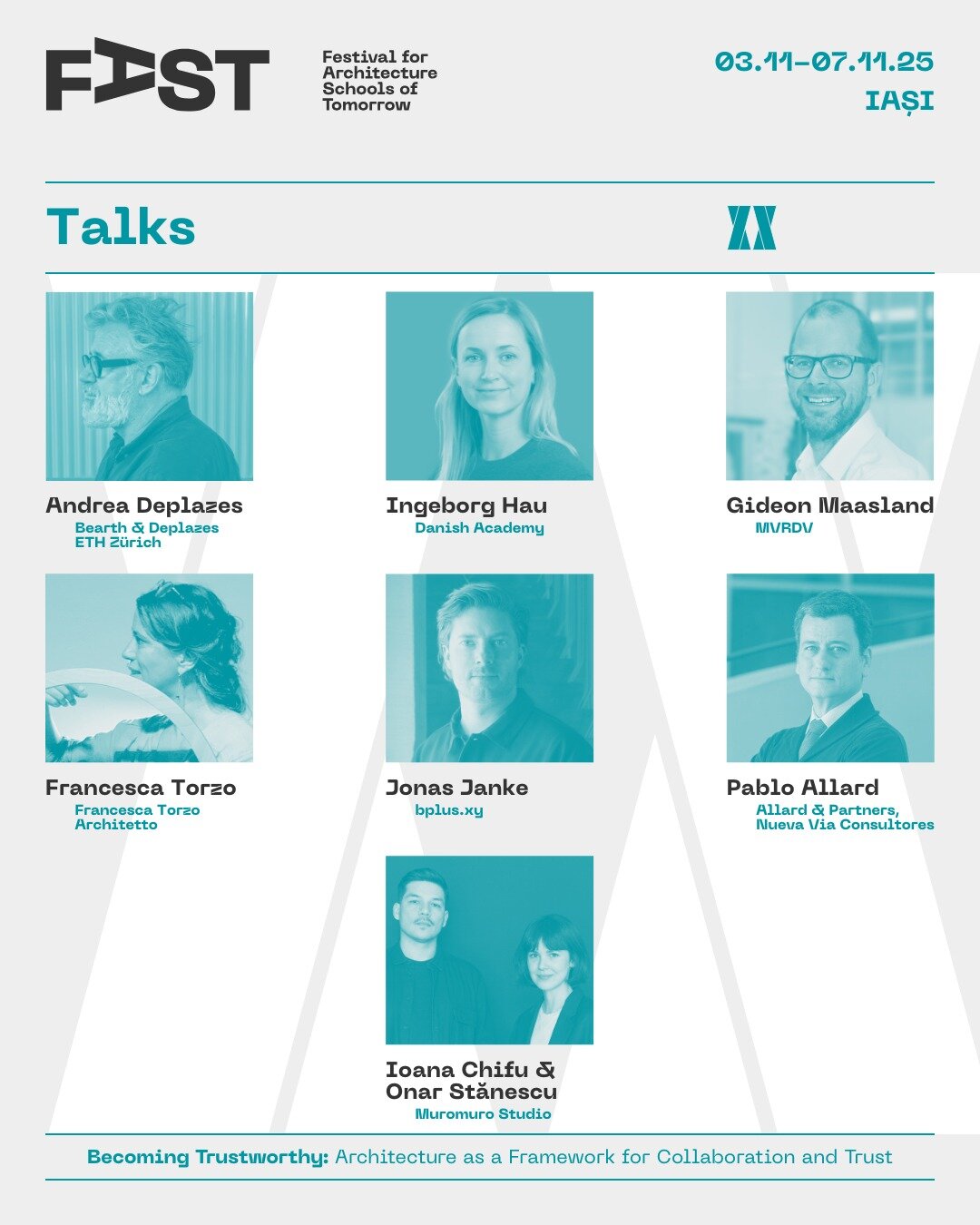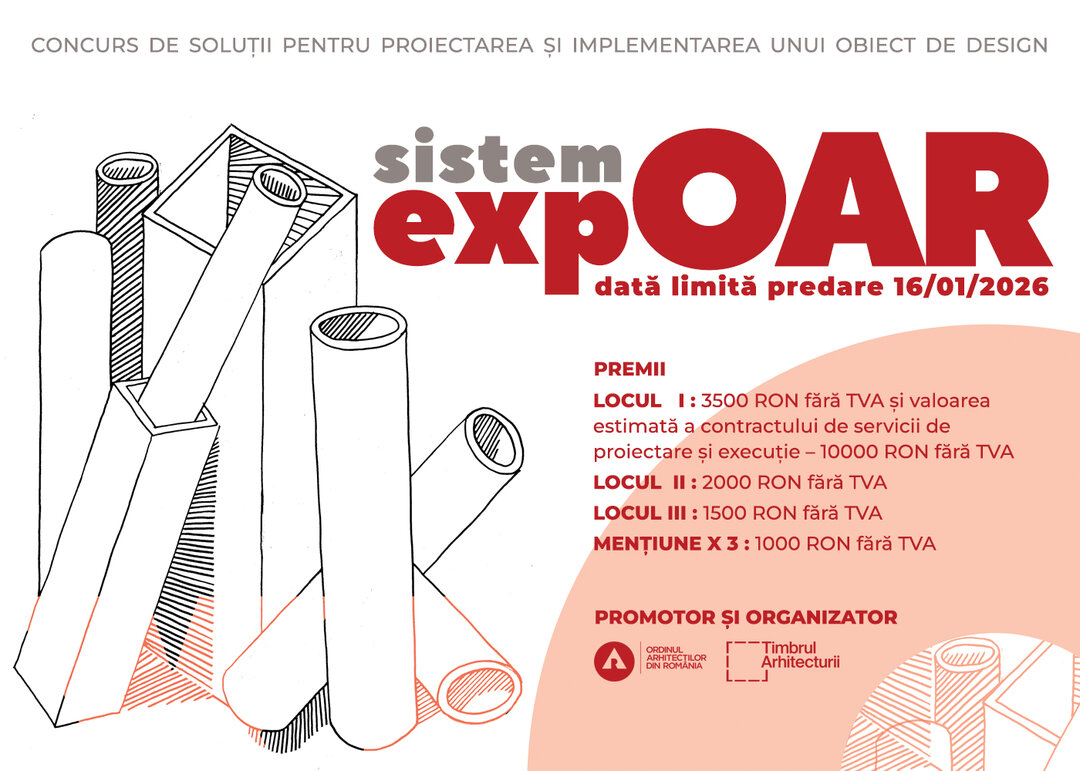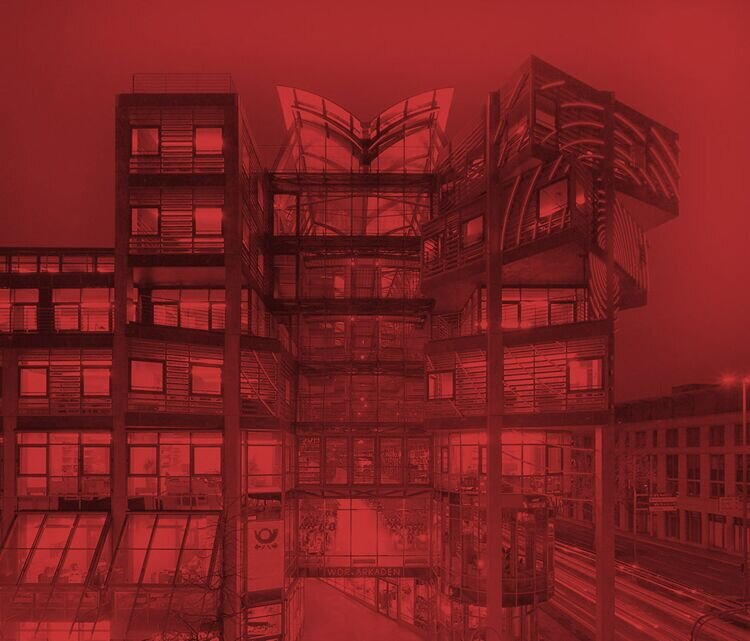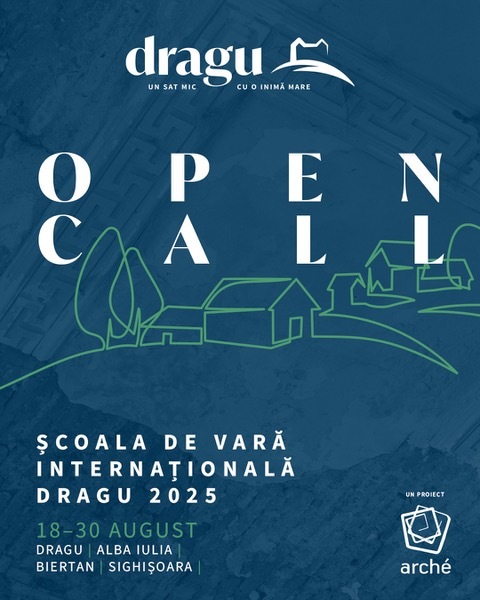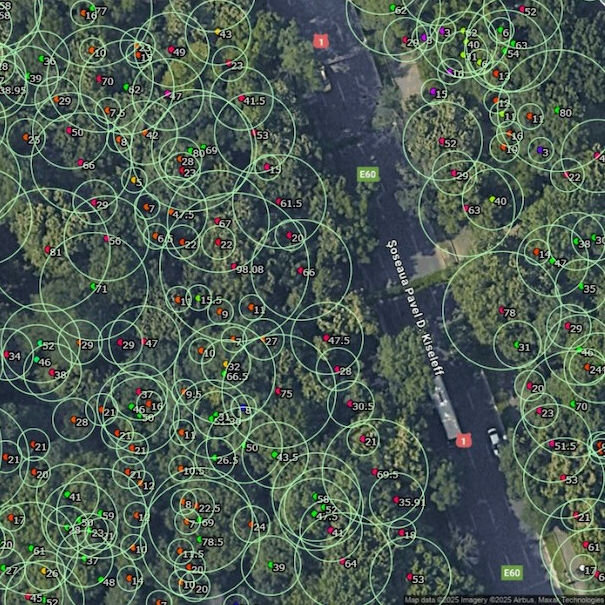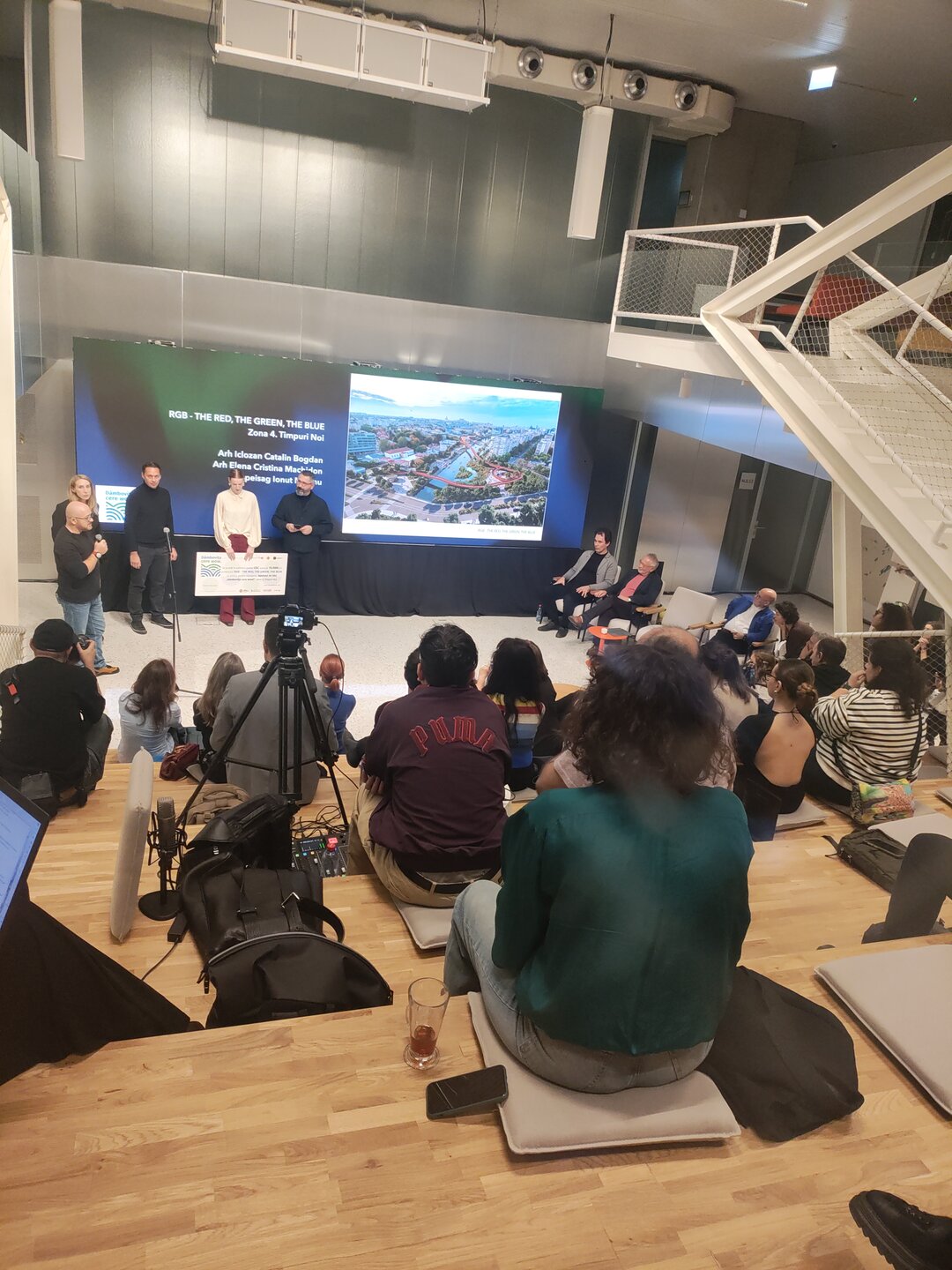
Call for Submissions: De Urbanitate. Tales of urban lives and spaces
31.03.2015
The journal studies in History and Theory of Architecture, published by the Department of Architectural History & Theory and Heritage Conservation at «Ion Mincu» University of Architecture and Urbanism in Bucharest, Romania, invites submissions for the 2015 issue.
De Urbanitate
TALES OF URBAN LIVES AND SPACES
Cities have died and risen again throughout the centuries, reshaped by new models and concepts, by new aesthetics and new codes of conduct. The catastrophic scenarios of the past few decades have declared the city dead for good, in a language abusing the entire lexical family of the old urbs (urban, urbanism, urbanization, urbanology, anti-urban, post-urban, hyper-urban, etc.). Amid all these, the term urbanity draws attention as an inherently cross-disciplinary notion bringing together the professions of urban design and development.
Despite its complexity and ambiguity, urbanity has been a timeless carrier of meaning, in various cultural and disciplinary milieus, ever since Cicero coined the term. Philologists like Edwin Ramage regard it as “the outward manifestation of an inner culture acquired from residing in … an urban center”, while urban designers like Rob Krier and Christoph Kohl believe it to be “the built frame that unconsciously speaks to us … and which engenders a state of spatial well-being.” Such divergent definitions point to the concept’s capacity to combine the human and spatial dimensions of the urban realm, a capacity that poses a challenge as we shape new instruments to inquire into the city’s past, to understand its present, and to think about its future.
Either a sign of a deep attachment to the image of a glorious past or a mere rhetorical device, either a “mobilizing myth” (Wüst, Mongin) or a “European catchword” (Koolhaas), this concept appears to be what holds together desires and projects for a new form of urban existence. In retrospect, while contemporary cities have grown, sprawled, vanished, densified, shrunk, and grown again, urbanity has often been summoned to help the “misanthropic urbanized territories” to become “cities” (Salin, Virilio, Lyotard, Choay, etc.). What makes a city be a city, and an urbanite be an urbanite? How can we better visualize and explain the circular relation between forms of subjectivity and ways of life, and the formation of urban fabrics and artifacts?
Starting from these premises and questions, this volume welcomes both theoretical constructions and accounts of specific situations that shed light on the concept of urbanity and the practices it engenders. We invite contributors to explore facets of the urban experience and practice, past or present, through the lens of urbanity, understood as: - an alternative way to articulate knowledge about the city and its history;
- a theoretical position that underpins projects and strategies for the city; or an ethic that guides the professions involved in urban development and design; - a normative concept for shaping urban spaces and behaviors.
The overall aim of the volume is to identify, theorize, and integrate new ways of probing more deeply into the nuances of the city, while contributing to the research into the role of architecture in the play of new forms of spatiality and sociability.
The contributions should follow the guidelines below. A preliminary abstract of 150 – 200 words should be submitted by April 30, 2015. Selected contributors will be notified by e-mail on May 15.
The fifinal article should be submitted for review by July 1. Contributions will undergo a double-blind peer review procedure. All correspondence will be addressed to sita@uauim.ro, to the attention of Dr. Arch. Daniela Calciu (the managing editor of the current issue).
Guidelines for authors (please see detailed guidelines at sita.uauim.ro) Manuscripts are to be submitted in English and should range between 5,000 and 8,000 words, including references, tables, and bibliography. Reviews of current events (conferences, recently published books or journals, exhibitions), which are of interest for the fields of architectural history and theory are also welcome.
Reviews should range between 1,000 and 2,000 words and must be submitted by July 1.
Contributors are asked to send a Microsoft Word compatible document, 1.5 spaced, with minimal formatting. The title page should include the contributor’s name, affiliation and e-mail address, 5–7 keywords, as well an abstract of 150-200 words. An extended summary ranging between 700 and 1,000 words (to be published in Romanian) must also be submitted. Romanian authors are kindly asked to send in the extended summary in Romanian; our staff will undertake the translation for foreign authors. Reviews should not be accompanied by abstract, summary, or keywords.
For notes (as footnotes) and bibliography (included at the end of the paper) use e Chicago Manual of Style (for details and examples, see http://www.chicagomanualofstyle.org/tools_citationguide.html). A reference list will be included at the end of the paper.
Illustrations (.tiff or .jpg format, min. 300 dpi at printed size), tables and charts must be provided separately, and their location must be indicated clearly throughout the paper. A full list of fifigure captions must be provided at the end of the article (including fifigure number, description, and source). Authors are responsible for securing the rights to reproduce and publish all graphic material.






